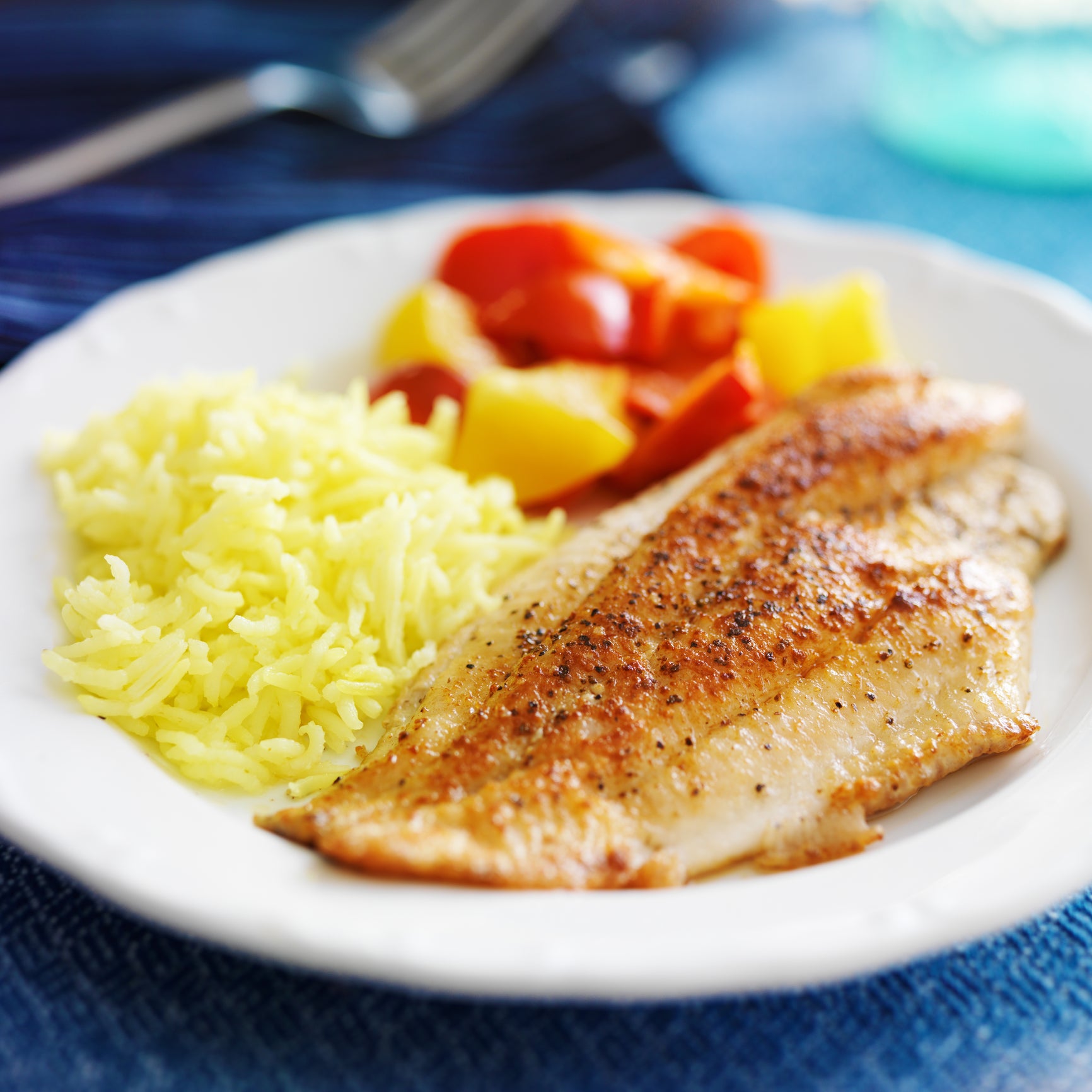Best Seafood Soup Recipes with History and Chef Tips

Seafood Soup Recipes
Seafood soups are more than just delicious meals—they carry rich histories and global influences. From New England's clam chowder to Thailand's aromatic coconut soup, each dish has a story to tell. As Chef Thomas Keller once said, “A recipe has no soul. You, as the cook, must bring soul to the recipe.” This guide dives deep into the flavors, techniques, and cultural backgrounds of five iconic seafood soups, offering tips to perfect your culinary creations.
1. Classic Clam Chowder: A Taste of New England
A Brief History:
Clam chowder dates back to the 18th century, introduced by French, British, and Nova Scotian settlers in New England. Originally a humble fisherman’s dish, it became a staple in American cuisine. Its creamy, hearty nature made it a favorite for cold coastal winters.
Chef’s Take:
Julia Child once remarked, “Cooking is like love; it should be entered into with abandon or not at all.” Her sentiment echoes the care needed to perfect clam chowder.
Ingredients:
- Fresh clams
- Potatoes
- Onions
- Heavy cream
- Butter
Instructions:
- Steam clams to extract juice.
- Sauté onions and butter; add potatoes and clam juice.
- Stir in cream and cooked clams. Simmer until thickened.
Pro Tip: Add a pinch of smoked paprika for a subtle depth of flavor.
2. Lobster Bisque: French Elegance in a Bowl
A Brief History:
Lobster bisque originated in 17th-century France. Initially, it was a dish for the wealthy, as lobster was considered a delicacy. Over time, it evolved into a refined soup, blending lobster shells, cream, and sherry for a luxurious dining experience.
Chef’s Take:
French chef Auguste Escoffier, the father of modern cuisine, said, “Good food is the foundation of genuine happiness.” His philosophy shines in the meticulous preparation of bisque.
Ingredients:
- Lobster shells
- Fish stock
- Sherry
- Heavy cream
Instructions:
- Roast lobster shells for a richer broth.
- Simmer with fish stock and aromatics.
- Strain, add cream, and blend until smooth.
Pro Tip: A touch of cognac enhances the soup's complexity.
3. Spicy Shrimp Soup: A Kick of Heat
A Brief History:
Inspired by Creole and Cajun traditions, spicy shrimp soup is a nod to Louisiana’s vibrant food culture. This dish combines bold spices with fresh shrimp to create a warming, flavorful meal.
Chef’s Take:
Emeril Lagasse, a Louisiana chef, famously said, “BAM! Kick it up a notch!” His love for bold flavors embodies this soup’s essence.
Ingredients:
- Shrimp
- Tomatoes
- Bell peppers
- Fish stock
- Cayenne pepper
Instructions:
- Sauté peppers and tomatoes; add stock.
- Season with spices and simmer.
- Add shrimp and cook until pink.
Pro Tip: Serve with cornbread to complement the soup’s heat.
4. Cioppino: San Francisco’s Italian-American Stew
A Brief History:
Cioppino was created by Italian immigrant fishermen in San Francisco in the late 1800s. Using their day’s catch, they crafted a hearty stew with tomatoes, wine, and local seafood.
Chef’s Take:
Alice Waters, a pioneer of California cuisine, says, “Let things taste of what they are.” This philosophy is evident in cioppino’s reliance on fresh, unadulterated seafood.
Ingredients:
- White fish (cod, halibut)
- Shrimp
- Mussels
- Clams
- Tomatoes and white wine
Instructions:
- Sauté garlic and onions; add tomatoes and wine.
- Simmer and add seafood gradually.
- Serve with crusty sourdough bread.
Pro Tip: Use a mix of seafood for varied textures and flavors.
5. Thai Coconut Soup: Exotic and Aromatic
A Brief History:
Known as Tom Kha Gai in Thailand, this soup blends coconut milk with lemongrass and lime. Traditionally a chicken dish, it evolved to include shrimp, showcasing Thailand’s rich seafood heritage.
Chef’s Take:
David Thompson, an expert in Thai cuisine, states, “Thai food is about balance, harmony, and contrast.” These principles define this soup’s bold yet delicate flavor profile.
Ingredients:
- Shrimp
- Coconut milk
- Lemongrass
- Red curry paste
- Lime
Instructions:
- Simmer coconut milk with lemongrass and curry paste.
- Add shrimp and lime juice. Cook until tender.
- Garnish with cilantro and chili slices.
Pro Tip: Add fish sauce for authentic Thai umami.
Tips for Perfecting Seafood Soups
- Freshness Matters: Always opt for fresh seafood for optimal flavor and texture.
- Layer Flavors: Build depth by sautéing aromatics before adding liquids.
- Avoid Overcooking: Add seafood near the end to prevent rubbery textures.
- Experiment: Adjust spices and ingredients to suit your palate.
FAQs: Everything About Seafood Soups
Q1: Can I use frozen seafood?
Yes, frozen seafood works well. Thaw it properly to maintain its texture and flavor.
Q2: Can I freeze leftover soup?
Brothy soups like cioppino freeze well. Cream-based soups like clam chowder are best refrigerated for up to two days.
Q3: What can I serve with seafood soups?
Pair with crusty bread, garlic rolls, or a light green salad for a complete meal.
Where to Find the Best Seafood
For top-quality seafood, explore these options:
Conclusion: Dive Into the Flavors of the Sea
Seafood soups are a delicious way to warm your soul and elevate your dining experience. Whether you choose the creamy indulgence of clam chowder or the exotic flair of Thai coconut soup, these recipes bring the ocean’s bounty to your table.
For more seafood inspiration, visit Global Seafoods and subscribe to our YouTube channel.
Happy cooking! 🌊🍲
Also in Recipes

How to Cook Live Manila Clams at Home: Fresh, Sweet & Delivered Overnight
Discover how to store, clean, and cook Live Manila Clams at home using simple chef techniques. Learn why these Pacific clams are perfect for pasta vongole, steaming, chowders, and more—plus how to order them fresh in a convenient 10 lb bag shipped overnight.

Boiled Crab for Brunch: The Ultimate Guide to Morning Seafood
Discover the joy of Boiled crab for brunch! Learn how to prepare seafood in the morning, its health benefits, and recipes to make your brunch memorable.

